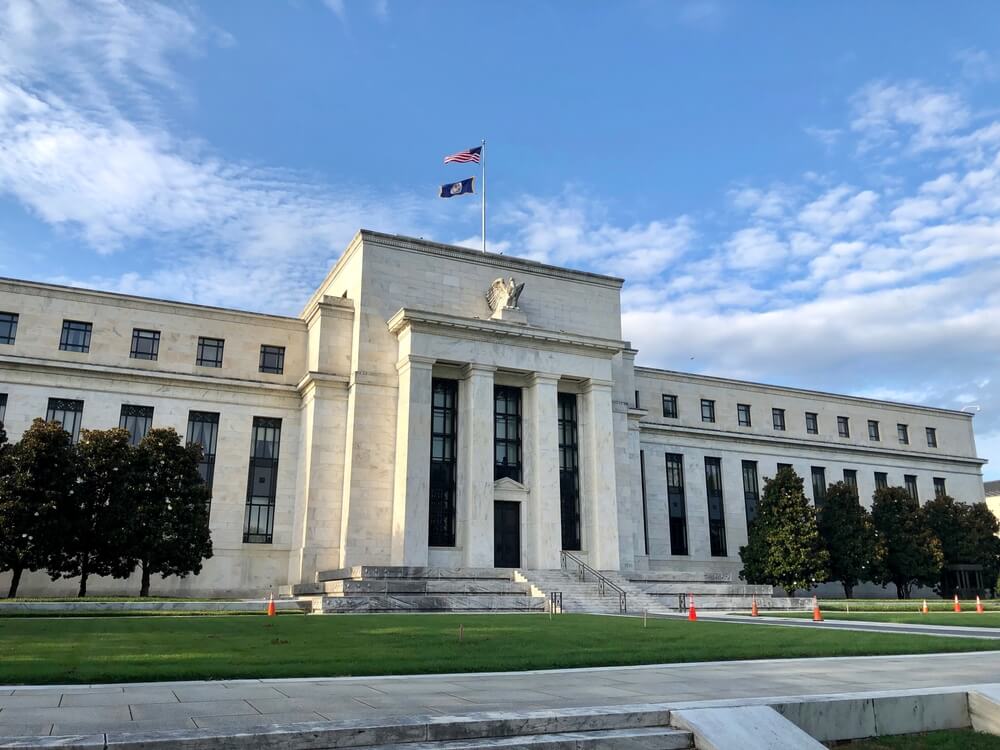The US dollar is under scrutiny from investors around the world. Banks, firms, and governments that rely on it as an international means of payment and store of value worry about the policies of an erratic and hostile “America First” president.
They fear further steps to weaponize the currency. They fret that US government debt is on an unsustainable path, and that the Federal Reserve, whose independence hangs in the balance, will feel pressure to inflate away those obligations.
The dollar may be the dominant global currency for the moment, but there are real questions about how long this moment will last.
And now to the rescue come – wait for it – dollar-linked stablecoins, blockchain-based digital tokens pegged one-to-one to the greenback.
The GENIUS (“Guiding and Establishing National Innovation for US Stablecoins”) Act signed into law by President Donald Trump in July promises to let a thousand stablecoins bloom.
The US Treasury and its regulatory partners will spend the next year fleshing out the rules, after which they will start licensing private stablecoin issuers. To all appearances, there will be no shortage of licensees.
Domestic implications
The domestic implications have been much discussed. Will stablecoins actually be fully backed by safe, liquid collateral, or will the regulated, who have every incentive to hold higher-yielding assets, stay one step ahead of the regulators?
Will they always and everywhere trade one for one with the dollar? If there are runs, will regulators intervene, just as they intervened in 2008 to guarantee the liabilities of the Reserve Primary Fund, the world’s third-largest money-market fund?
Some will argue that if there are risks, they are risks worth taking, because stablecoins will preserve the dollar’s global hegemony
Will the banks’ deposit base be insulated by prohibitions on stablecoins paying interest, or will issuers sidestep this ban by channeling interest payments through the exchanges on which their coins are traded, threatening the existence of the banking system?
These are good questions, and the answers are not reassuring.
Still, some will argue that if there are risks, they are risks worth taking, because stablecoins will preserve the dollar’s global hegemony.
So it was argued by no less an authority than Donald Trump, Jr. at a crypto conference in Singapore earlier this month.
New set of international payment rails
The argument starts with the observation that 99% of stablecoin circulation worldwide is tied to the dollar.
If those dollar stablecoins are held and used outside the US, they will provide an entirely new set of international payment rails, separate and in principle faster and cheaper than cross-border banking and the banks’ hoary messaging system, SWIFT.
If this enhances the attractiveness of dollar payments, corporate treasurers will be encouraged to maintain inventories of dollars.
Central banks, likewise, will be encouraged to hold reserves of dollars, since this will enable them to act as dollar lenders and liquidity providers of last resort. These complementarities will lock in dollar dominance.
This argument is based on a slew of assumptions that need to be unpacked.
First, the notion that dollar stablecoins will be attractive for payments assumes that they will in fact be stable (here come those good questions again), and that other governments will allow free use of dollar stablecoins by their residents.
Some governments may hesitate, fearing that currency substitution would undermine the effectiveness of domestic monetary policy
Some governments may hesitate, fearing that currency substitution would undermine the effectiveness of domestic monetary policy.
Others will worry about facilitating money laundering, tax avoidance, and evasion of capital controls.
European Union authorities will scrutinize the compatibility of dollar stablecoins with the consumer-protection and market-integrity provisions of their Markets in Crypto-Assets (MiCA) regulation.
The EU has already flagged Tether, the leading stablecoin, as noncompliant.
The rebuttal is that governments lack the ability to turn back this digital tide.
But anyone who has encountered China’s Great Firewall knows that national authorities retain considerable power to limit their citizens’ digital transactions.
True, Europeans will be able to access dollar stablecoins offshore even if they are banned in Europe itself.
But big banks and companies will be reluctant to engage in such regulatory evasion, given that they will pay a heavy price if caught.
Central bank digital currencies
A third assumption is that jurisdictions where other currencies circulate will not issue their own stablecoins.
But China has just taken a step in this direction, adopting an ordinance authorizing the issuance of renminbi-linked stablecoins in Hong Kong.
 More than 100 central banks are going down the CBDC road. Only the US has shunned it
More than 100 central banks are going down the CBDC road. Only the US has shunned it
Finally, it is assumed that private-label stablecoins will not be outcompeted by central bank digital currencies (CBDCs).
These are essentially the same instrument, only issued by central banks, which can guarantee their conversion into central bank money.
More than 100 central banks are going down the CBDC road. Only the US has shunned it, reflecting the country’s historic suspicion of central banking, as well as lobbying by the crypto industry.
History shows that central bank money has profound advantages over private money. This gives good reason for thinking that the US is betting on the wrong horse.
Barry Eichengreen, Professor of Economics and Political Science at the University of California, Berkeley, is a former senior policy adviser at the International Monetary Fund.